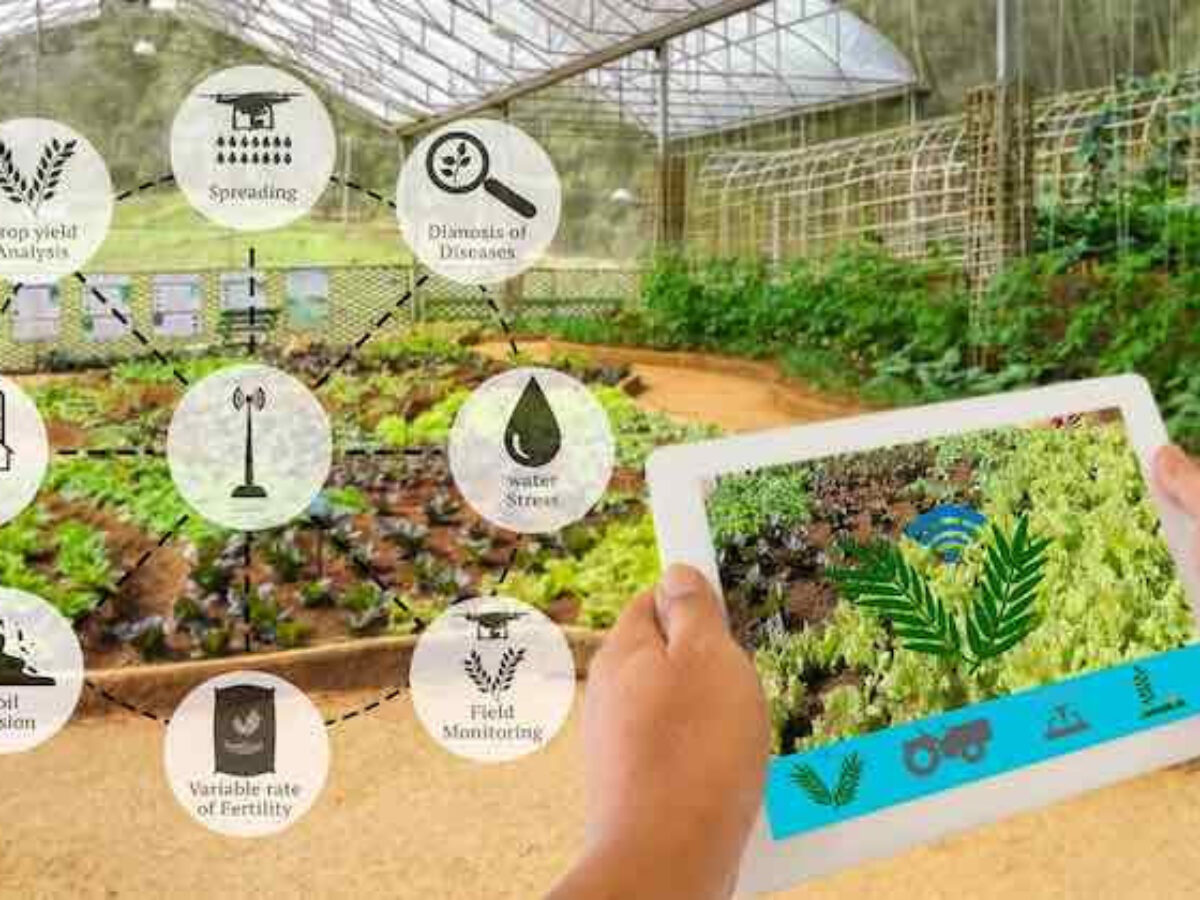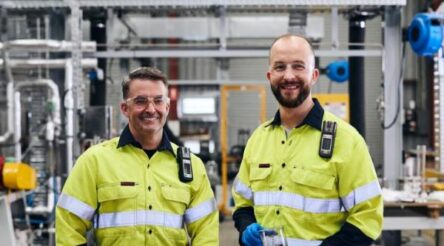Will the government realise the agricultural potential of IoT?

By Stuart Corner
When it comes to the agricultural potential of IoT the Australian Government just does not seem to get it. A 2015 report and a 2016 parliamentary enquiry both failed to make more than passing reference. A new enquiry is now underway. Will it do a better job?
On 3 September the Federal Government launched an inquiry that aims to discover how Australian agriculture can be boosted from a $60b industry to a $100b industry by 2030. The announcement says the National Farmers’ Federation has suggested that, with careful planning and investment, this target is achievable.
The terms of reference for the enquiry are minimal: “The [House Standing Committee on Agriculture and Water Resources] will inquire into and report on, the opportunities and impediments to the primary production sectors realising their ambition to achieve a combined $100 billion value of production by 2030.”
The chair of the committee, Rick Wilson, the member for O’Connor in WA, said: “Whether it be improving market access, investing in marketing, or embracing innovative technologies that increase the efficiency, sustainability, and productivity of our farms, the committee is interested in all the opportunities available to drive growth in Australian agricultural businesses in the coming decades.”
Hopefully his enquiry will show more interest in the potential for IoT to boost Australian agriculture than the government’s previous forays into this field.
White paper on agricultural competitiveness
Back in July 2015 the government released a white paper on the competitiveness of Australian agriculture. The paper was largely a bragging exercise detailing the government’s, claimed “$4 billion investment in our farmers and our competitive strengths in agriculture.”
At the time I took issue with the fact it made only passing mention of IoT. I pointed out several reports highlighting the expected significant contribution of IoT and M2M technologies to agricultural productivity, and initiatives by governments around the world to foster such contribution.
The 2015 agricultural competitiveness report listed many multimillion components of that $4b investment but as regards IoT all it could say was that the government “recognises the need for investment in cross-cutting applications such as digital technology, sensor technology, robotics, communications and management of natural resources,” and that “The Government’s investment in the National Broadband Network (NBN) will mean advances in digital technology are available to all farmers.”
The agriculture competitiveness report came out in July 2015. The following month the House of Representatives Standing Committee on Agriculture and Industry kicked off an enquiry into agricultural innovation.
The Committee tabled its report Smart farming – inquiry into agricultural innovation on 4 May 2016. It contains only one reference to IoT:
“Emerging technologies with the potential to improve agricultural productivity include technologies within the Internet of Things ecosystem such as connectivity to ensure efficient collection of data from sensors; and data storage and management techniques that could be used to transform data from many sources into information, projections and suggested actions for individuals and the sector.”
The committee made a total of 17 recommendations. The government has yet to respond to any of them. All up these three government initiatives represent a pretty dumb approach to smart farming and the essential goal of increasing Australia’s agricultural productivity and competitiveness.
New Zealand gets it
Contrast this to New Zealand where the agricultural potential of IoT appears to have been well-recognised by the government. In November 2016 it formed a technical advisory group to advise the Ministry of Primary Industries on how to accelerate the use of smart agriculture technology.
Primary industries minister, Nathan Guy said: “Technology has major potential to support higher productivity and more sustainable use of natural resources in farming. It can be used in a wide range of applications such as using soil moisture sensors to fine-tune irrigation, monitoring animal health and fertility, and determining the perfect time to harvest fruit and crops. Monitoring and measuring is now an important part of managing natural resources sustainably.”
Precisely.
Stuart Corner is editor of IoT Australia
Subscribe to our free @AuManufacturing newsletter here.
@aumanufacturing Sections
Analysis and Commentary Awards Defence Manufacturing News Podcast Technology Videos










